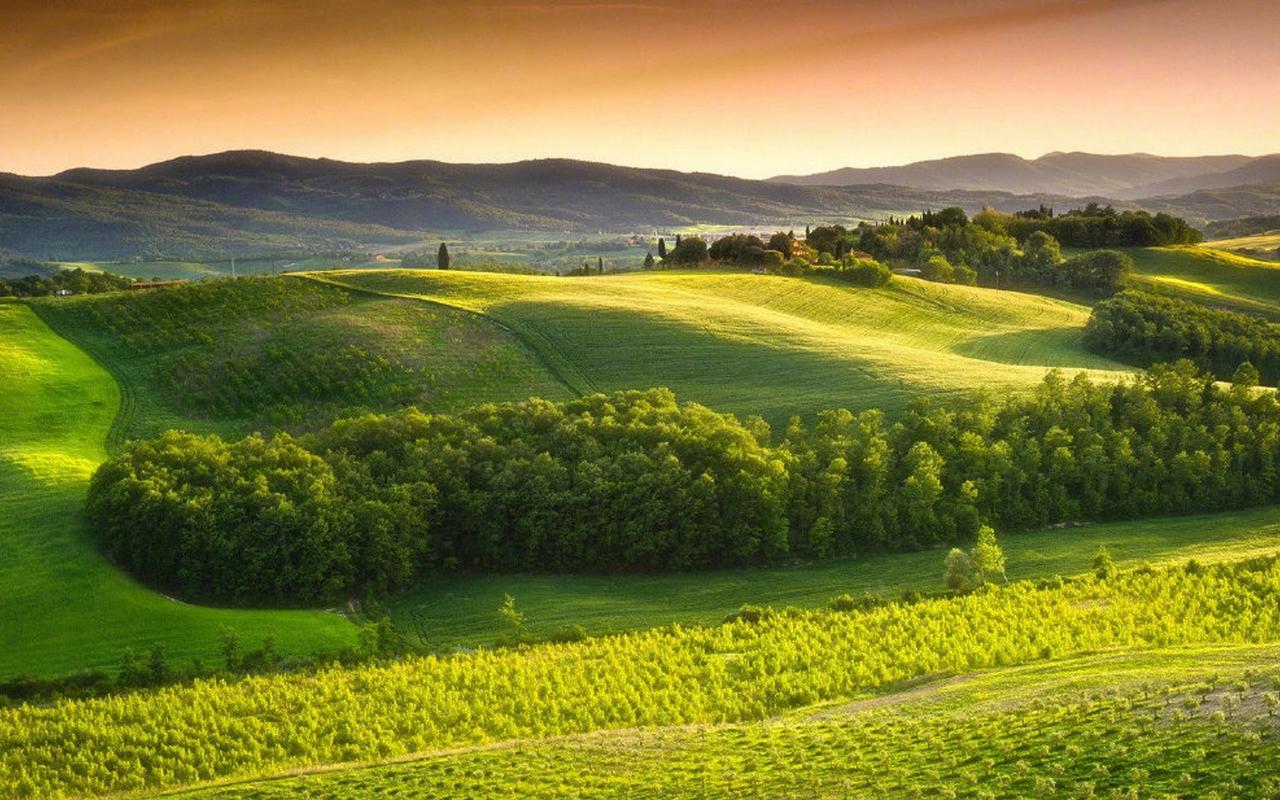Preserving The Heritage: A Glimpse to Zimbabwe’s World Heritage Sites
Zimbabwe, one of Africa’s most beautiful countries, has a rich cultural and historical heritage that is unmatched anywhere in the world. From the breathtaking views of Victoria Falls to the ruins of Great Zimbabwe, Zimbabwe’s World Heritage Sites are a testament to the country’s long and storied past.
Preserving the heritage is vital for the country, as it showcases Zimbabwe’s past and its deep-rooted culture. It fosters national pride and attracts tourists, and thus it is essential to protect these sites from damage and decay, which could lead to their eventual loss. Here’s a glimpse of Zimbabwe’s World Heritage Sites and what makes them so unique.
Great Zimbabwe
Great Zimbabwe, the largest and most significant archaeological site in sub-Saharan Africa, is located in the southern part of Zimbabwe. It comprises three main areas: the Hill Complex, the Great Enclosure and the Valley Complex. The stone structures of Great Zimbabwe were built by the ancestors of the Zimbabwean people between the 11th and 15th centuries and are believed to have been used for ritual purposes.
The preservation of Great Zimbabwe is critical not only for Zimbabwe but also for African heritage. The site witnessed the rise and fall of the first urban center in southern Africa.To conserve the site, the Zimbabwean government and international organizations have employed various methods, including the construction of protective structures, monitoring changes in environmental factors and halting visitor traffic in some areas.
Khami Ruins
Khami Ruins, located in the southwestern part of Zimbabwe, was built by the Torwa dynasty around the mid-15th century. The significant structures include the granite stonewalls built without any adhesive and the terraced city that includes over 150 platforms and three enclosures. The site provides an insight into the early modern state of southern Africa.
To conserve the site, the Zimbabwe government in partnership with international organizations and the local community has employed measures such as building protective structures, monitoring environmental factors and stopping visitor access to specific areas.
Mana Pools National Park
Mana Pools National Park is one of the most picturesque national parks in Zimbabwe. It is renowned for its unique ecosystem and the opportunity to see large mammals such as elephants, buffalos, and lions up close. The site was designated a World Heritage Site in 1984.
To prevent destruction from human activities, the government has designated some areas of the park as no-go-zones and made provisions for eco-friendly accommodation for tourists. These measures have helped to conserve the site and makes it attractive to tourists.
Conclusion
Preserving Zimbabwe’s heritage is vital not only to the Zimbabweans but also to the world community. These sites tell the story of the country’s past and its rich culture. The government in partnership with international organizations has taken great strides in conserving these sites through building of protective structures, monitoring environmental factors, and regulating human activities around them. This ensures that future generations will be able to enjoy and appreciate the splendor of these sites.
(Note: Do you have knowledge or insights to share? Unlock new opportunities and expand your reach by joining our authors team. Click Registration to join us and share your expertise with our readers.)
Speech tips:
Please note that any statements involving politics will not be approved.
